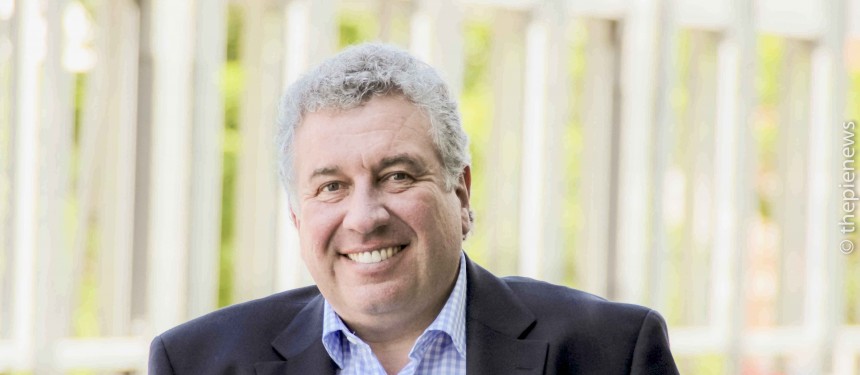RL: I came out to Australia with a UK company and they sold out, so I started doing some work for Monash University at the time, helping them to reposition themselves. Monash encouraged me to help them develop an international brand for the university, which was successful. Then I was asked to assist Flinders, Murdoch, then James Cook and then suddenly this whole thing perpetuated.
The PIE: Did you feel that when you first came to Australia the idea of an international brand was a new concept?
RL: Australia was already in that space with some universities already having cohorts in the thousands, so it was obvious that they were actually recruiting.
At the time there were changes in government regulatory environment, the financial capacity of universities to be self-funded had to be increased, so they were forced to look for new ways to generate income. Some were looking at patenting, some were looking at international students. Australia really built the TNE space and although there were problems over policy, as it matured, it seemed to mature at a faster rate than other countries. They also started taking more informed market intelligence at the beginning.
Australia really built the TNE space
The PIE: When did you go from looking at just advertising to research?
RL: In the late 90’s we started seeing the uptake of Asian students. And we also saw changes in the buying behaviour, more and more were self-funded. We saw growth in some new markets, so we extended beyond the core source markets of Singapore, Hong Kong, Indonesia, Malaysia and started thinking about countries such as Vietnam.
I did the initial feasibility study for RMIT in Vietnam, which was an absolute ground breaker, plus a feasibility study for Monash in Malaysia. Then the number, complexity and diversity of feasibility studies perpetuated, to the point where we have undertaken over 90 projects in 31 countries.
The PIE: What does feasibility work comprise of?
RL: It’s going into markets and evaluating where the demand exists for the programmes and services which could be delivered, how you deliver it, how you price it, how you partner, how you market.
You have to identify the types of audiences that are going to be interested in the possibility of going to a campus offshore or sending their children to study abroad. You have to go through rigorous recruitment and ensure that people have the capacity to pay, reach the academic standards for entry and English requirements.
The PIE: What timeframe are we talking about?
RL: A feasibility study takes about three months and it’s often done behind the scenes. I undertook an early feasibility study for U21, and more recently the New Colombo Plan for Australia and the Group of Eight for their international PhD programme and in 2001 the Education New Zealand brand.
The PIE: How much of your work is feasibility studies as opposed to macro-research?
We specialise in demand by working out if there’s demand, where it is, how you capture it and how you engage with people in the process
RL: We don’t do macro-research in terms of a traditional research company. We’re very specialised in education. Feasibility work is about one third of our business. About a third will be things like domestic participation, capacity to pay, programme evaluation, is a new idea worth introducing, should we open a new campus in ‘x’, should we close a campus in ‘y’, should we merge a faculty?
There are lots of people who do benchmarking work and data trawling. We specialise in demand by working out if there’s demand, where it is, how you capture it and how you engage with people in the process.
The PIE: How do you collect the data?
RL: Once or twice a year, we work out what’s going on in the market, and we go and collect all the data ourselves. We’ve got one up at the moment on Gen G.
Between all the jobs we probably meet 10,000 students a year, face-to-face. Sometimes it could be 400 in a week. You see them, their body language, how they respond.
We did three projects in the last year, which gave us massive exposure to young Australians. What we noticed was a massive change in buyer behaviour away from Gen Y behaviours.
Their world is no longer around a student’s postcode. Their life is a rucksack and what they put in it are skills, competencies, experiences, places they’ve been, people they know, networks they’ve made, voluntary programmes, because that enables employability. It’s very strong in Australia because there is a massive exposure to international for our young people.
The PIE: What has been the most surprising statistic from your research?
Related articles




13 Responses to Rob Lawrence, Prospect Research and Marketing, Australia